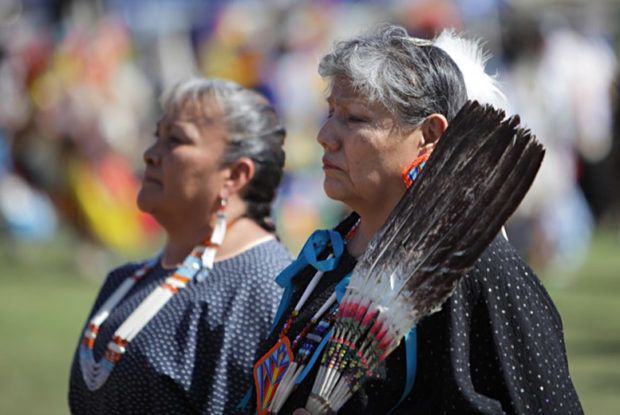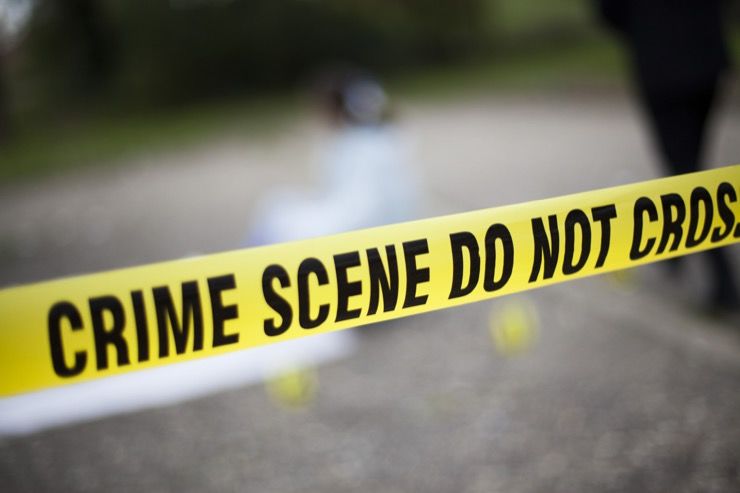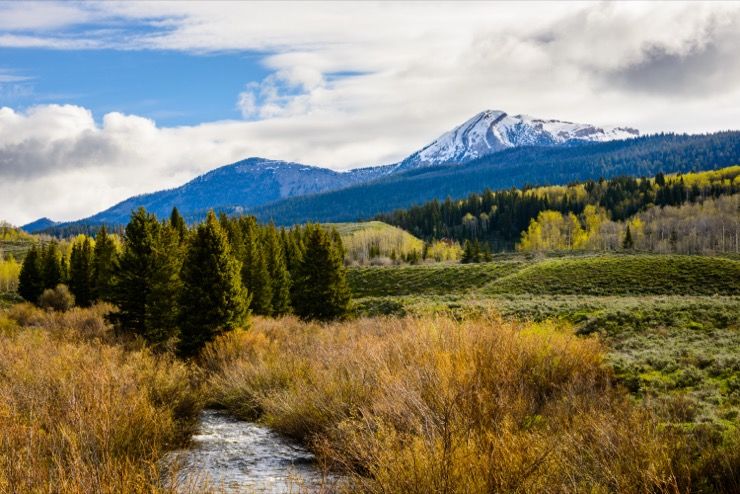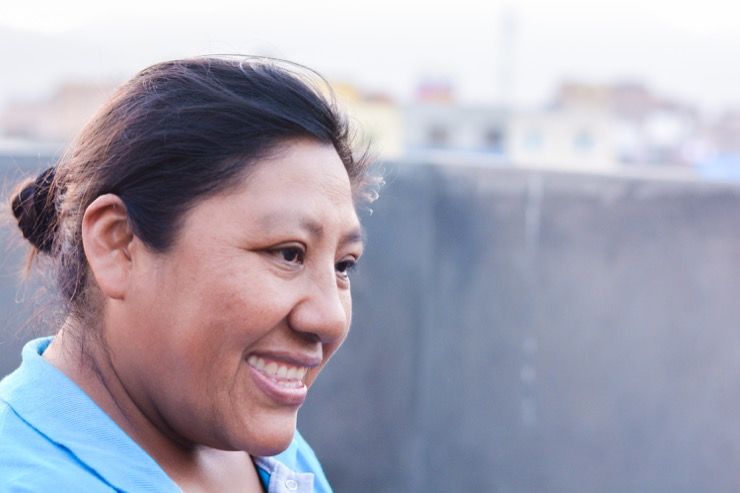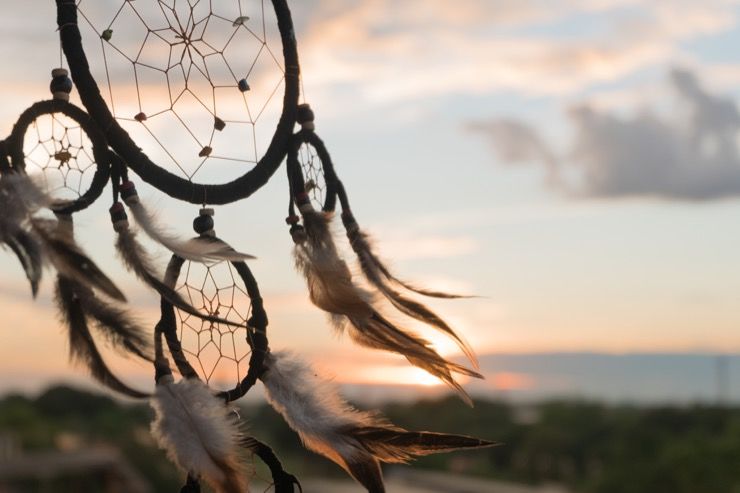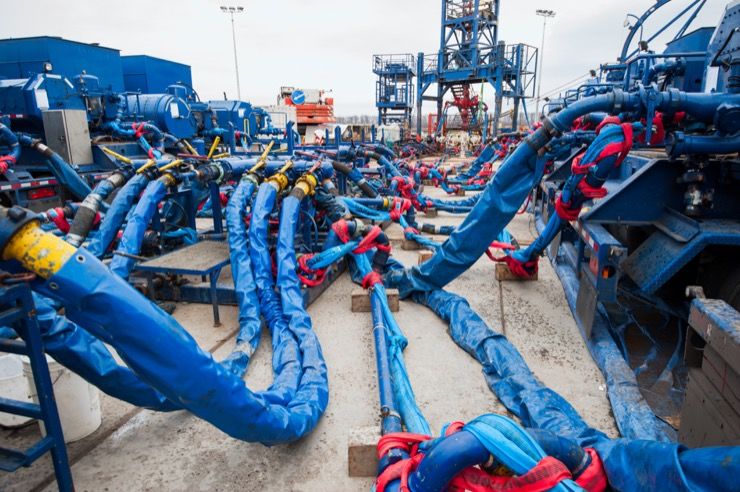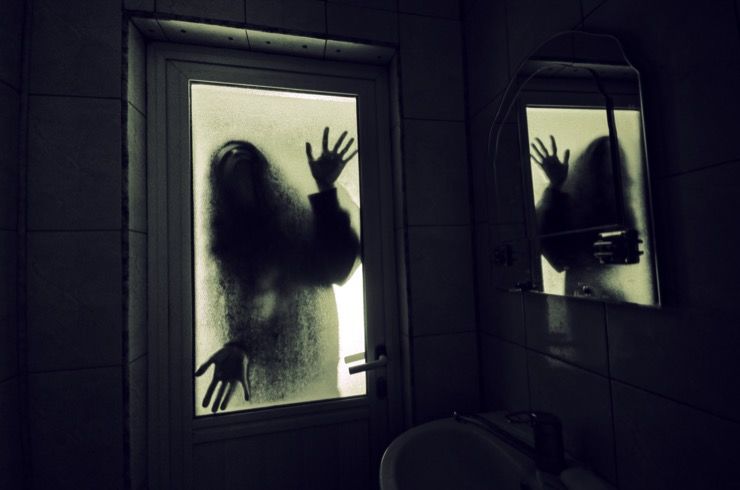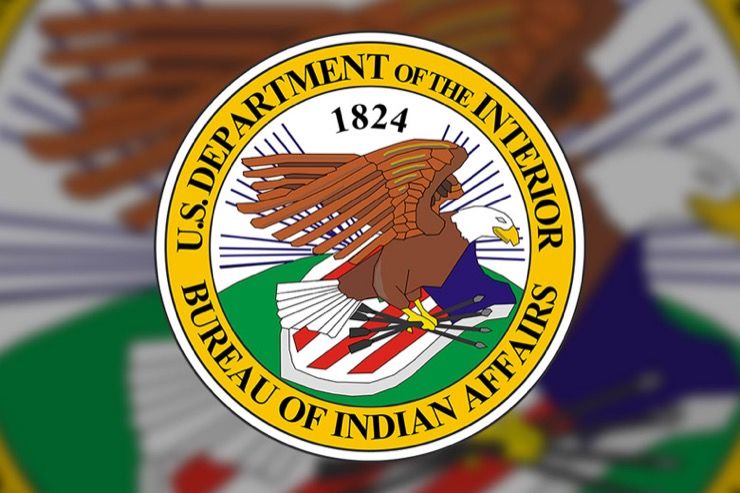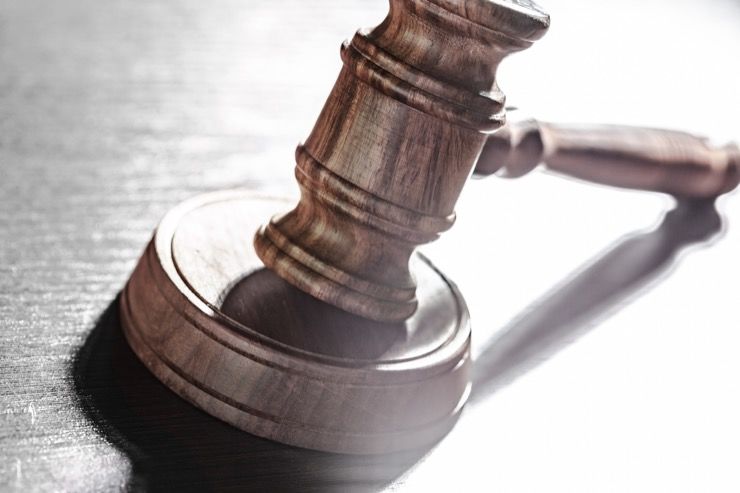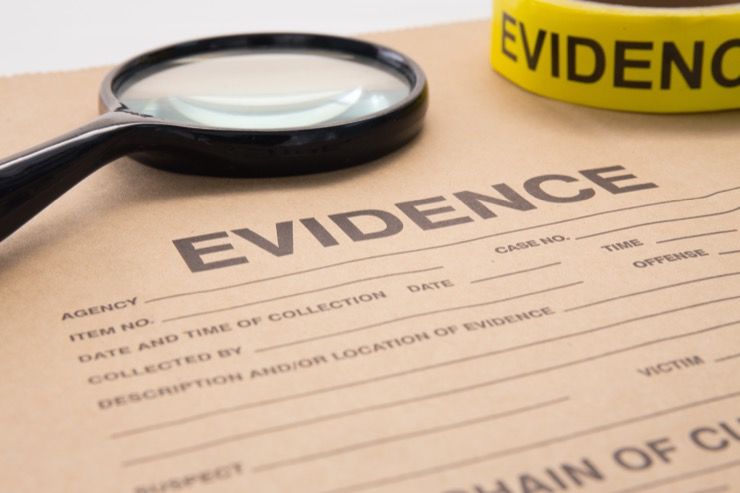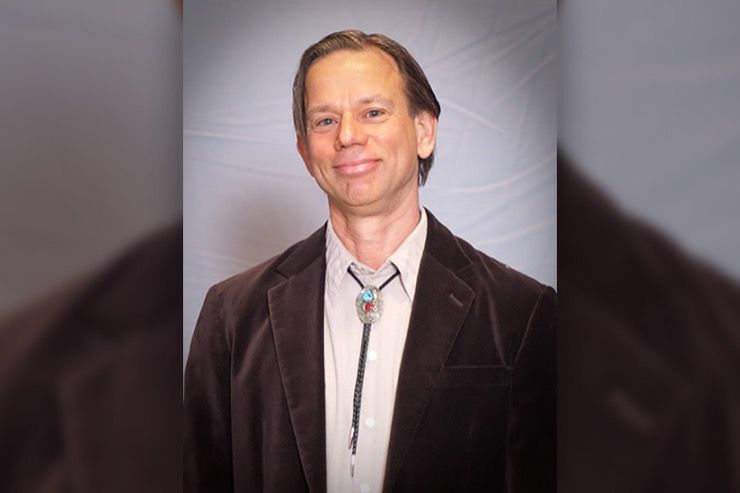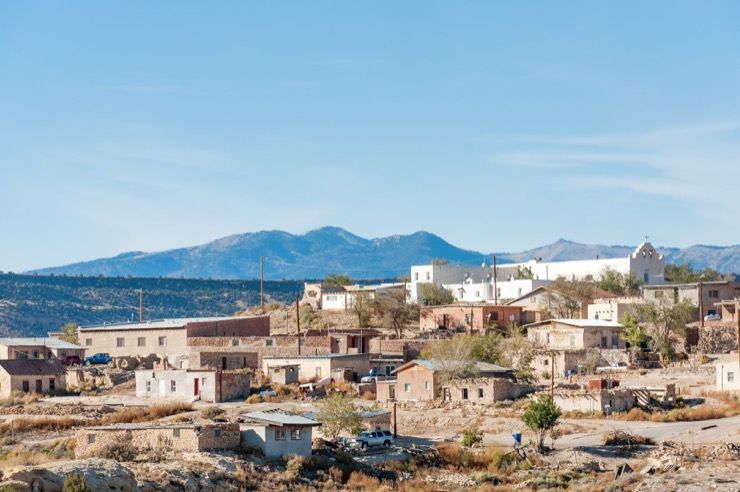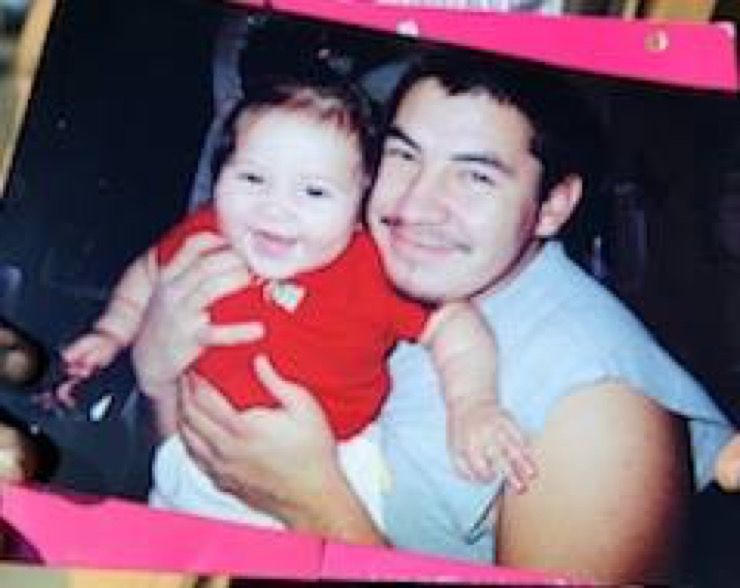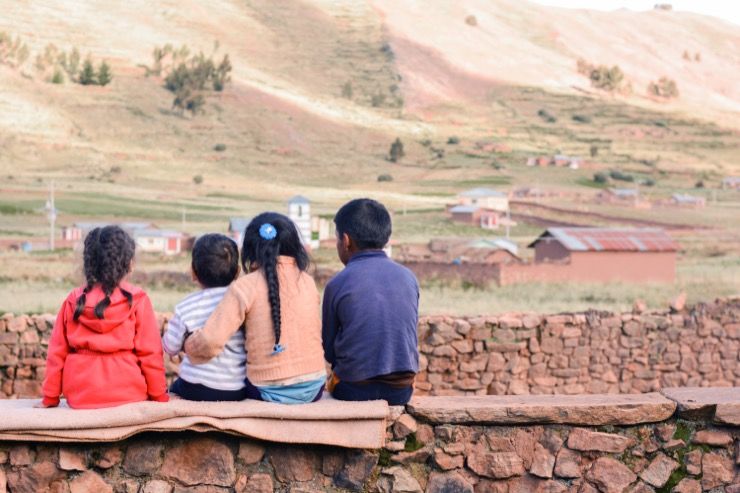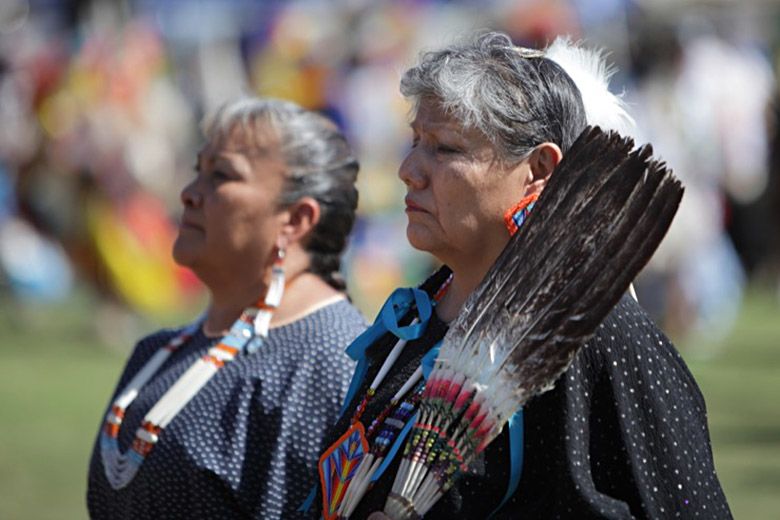An initiative nicknamed “the surge” was modeled after the U.S. military’s Iraq war strategy back in 2007. This initiative helped change the course of that conflict and was considered so successful that it was implemented by the National Park Service in conjunction with federal agencies.
Four Indian-American reservations were swarmed with officers from these agencies and crime at three out of four of them was drastically reduced. Moreover, a staggering 68 percent decrease in crime happened at the Mescalero Apache reservation in New Mexico.
High Crime
One of the issues that have plagued Indian-Americans living on reservations across the states for decades is the high crime rates present there. Many of these reservations are crime-ridden and steeped in violence of a gratuitous nature. “The surge” flooded these reservations with officers in an attempt to bring the brutal crimes there under control.
Wind River
Of the four reservations targeted, Wind River, located among snow-capped peaks and trout-filled rivers, bucked the trend of the other reservations as a seven percent increase in crime was noted there during the operation, according to the Department of Justice. Despite its idyllic setting and location, Wind River had a crime rate around seven times the national average.
Police Presence
Despite the massive increase in police presence at Wind River, where 37 officers (up from the normal six) were present on a daily basis, terrible crimes took place leaving authorities scratching their heads. They included the brutal murder of a 13-year-old girl who had been missing for days as well as the killing of a 25-year-old man who was beaten to death with a dumbbell by two friends following a sexual encounter.
The Gloom
Kim Lambert, a tribal advocate on the reservation, said about Wind River, according to a New York Times report, “This place has always had the gloom here.” She added, “There has always been the horrendous murder. There has always been the white-Indian tension. It’s always been something.” But Wind River is anything but alone when it comes to this worrying criminal phenomenon.
Bleak Outlook
Lambert gave a damning view of life on the average Indian reservation in America in this day and age. The outlook is bleak for many American-Indians, in line with that of life in a third-world country. For a start, life expectancy is around 49 years, while unemployment is generally at the alarming rate of 80 percent, on par with some countries in Africa. But high school dropout rates are also a massive issue.
Other Issues
Along with a high school dropout rate of 40 percent more than the state average, American-Indian teens and young adults are also twice as likely to commit suicide as compared with average numbers in Wyoming. At the same time, child abuse and domestic violence are endemic, as are alcohol and drug abuse. As a result of positive urinalysis results from drug tests, many people living on reservations simply can’t get jobs at the state’s booming oil fields.
Hydraulic Fracturing
Life for people on some reservations gets even worse when they are instructed to boil all drinking water. This is due to fears that natural gas drilling, called hydraulic fracturing, could poison the water supply and make people sick from the chemicals inside. Moreover, the Environmental Protection Agency regularly instructs residents to run fans and ensure ventilation while bathing or washing clothes due to these issues.
Bad Spirits
According to some people, Wind River’s 14,000 residents live on a haunted reservation. Ivan Posey, a member of the Eastern Shoshone Business Council, told reporters, “Anywhere, there are good spirits and bad spirits around.” He added, “But when people are struggling in their lives, those bad spirits come around more often. It’s kind of a yin and yang.” But some people are baffled as to why “the surge” reduced crime across some reservations, while it increased in Wind River.
More Reports
One answer to this difficult question is given by the Bureau of Indian Affairs, which oversees the Wind River Police Department. According to them, the recent rise in violent crime wasn’t a real one but was based on the fact that people are reporting crimes where they failed to previously. Residents are reportedly nicely surprised that police response times for crimes have changed from hours to just minutes.
Horrific Crime
One of the more horrific crimes that the surge was unable to prevent was the brutal murder of an eighth-grader from Wyoming Indian Middle School called Marisa Spoonhunter. She had been raped by her cousin and was then strangled to death by her brother Robert who became enraged. The men resumed drinking after they had killed Marisa and burnt her clothes in a burn barrel.
New Data
According to new federal data, even though many Indian reservations in America have massively high crime rates, the Justice Department only prosecute the most serious crimes. To that end, only about half of American-Indian murders are investigated properly and charged, while two-thirds of sexual assault cases are also dropped. But it’s not a pretty picture for the majority of Indians living on reservations in the States.
Rape Epidemic
According to the Justice Department, life for women across the 310 Indian reservations in America is full of turmoil and sexual abuse. While violent crime is more than twice as prevalent there, American-Indian women are ten times more likely to be murdered than the average American. The rape rates are four times higher than the national average, with one in three American-Indian women having been raped or experienced sexual abuse.
Second-Class System
One longstanding point of contention for tribes on reservations is the low rate of prosecutions brought by U.S. attorneys for major crimes. Many Indians feel like they are treated like second-class citizens in a second-class system which encourages lawlessness. However, many in the FBI claim they turn down many reservation cases due to the constant lack of admissible evidence.
No Reasons
One of the main gripes that tribe leaders have is the fact that reservation cases, including homicides, are rarely prosecuted by the government. As Jerry Gardner of the Tribal Law and Policy Institute in West Hollywood, California explained, “One of the basic problems is that not only are they declining to prosecute cases, but we are not getting the reason or notification for the declination.”
Nothing Done
As Gardener went on to explain, “The federal system takes a long time to make a decision, and when it comes to something like a child sexual assault, the community gets the message that nothing is being done.” And this, in turn, means that there’s little-to-no deterrent for would-be criminals or murderers on reservations across the United States.
Suing Cops
At the same time, a federal court in Montana recently allowed a family from Crow Reservation to sue the F.B.I. for conducting a flawed investigation into the death of their 23-year-old son Steven Bearcrane. This particular lawsuit claims that the United States attorney’s office has a practice of rejecting criminal cases when the victims are Native Americans. That said, the Justice Department says they are working more closely with tribal leaders to reinforce the law.
No Charges
The statistics show that federal prosecutors dropped the charges in 52 percent of cases involving the most serious crimes on reservations. According to figures compiled by the Transactional Records Access Clearinghouse at Syracuse University, the government also failed to pursue rape charges in 65 percent of cases on reservations. They don’t even bother telling tribes that cases have been declined until after their statute of limitations has expired.
Creating Problems
According to Kerry J. Jacobson, an assistant United States attorney in Wyoming, pursuing tribal prosecutions without the government’s approval could create more problems than it would solve. “We can’t turn over our evidence while we are doing our investigation,” she said. “And I don’t want victims of sexual assault to have to testify twice.” To that end, at least 40 sexual assault charges were dropped at the San Carlos Reservation in Arizona due to a lack of will to prosecute.
Getting Away
In a recent case of rape at the Swinomish Reservation in Washington State, a 31-year-old man who spiked a 13-year-old’s drink with alcohol and then raped her barely received justice for his crime. Despite clear DNA evidence tying him to the rape federal prosecutors failed to file charges, and the suspect only served one year in jail.
Times Changing
While federal prosecutors have failed on the whole to date when it comes to prosecuting serious crimes on Indian reservations, times are changing. As more and more people look to help and solve the problems of serious crime on reservations, some investigators are putting additional pressure on their institutions to ensure that rapists and murderers are brought to justice for their crimes and not simply swept under the proverbial rug.
